
Snow blankets the whole world white. Though looking pretty at first, snow gets on your nerves when you get behind the wheel. Are you fully prepared for driving on icy roads, which is inconvenient and sometimes even dangerous?

To determine how skilled you are for driving on icy roads, give O or X to each of the following questions.
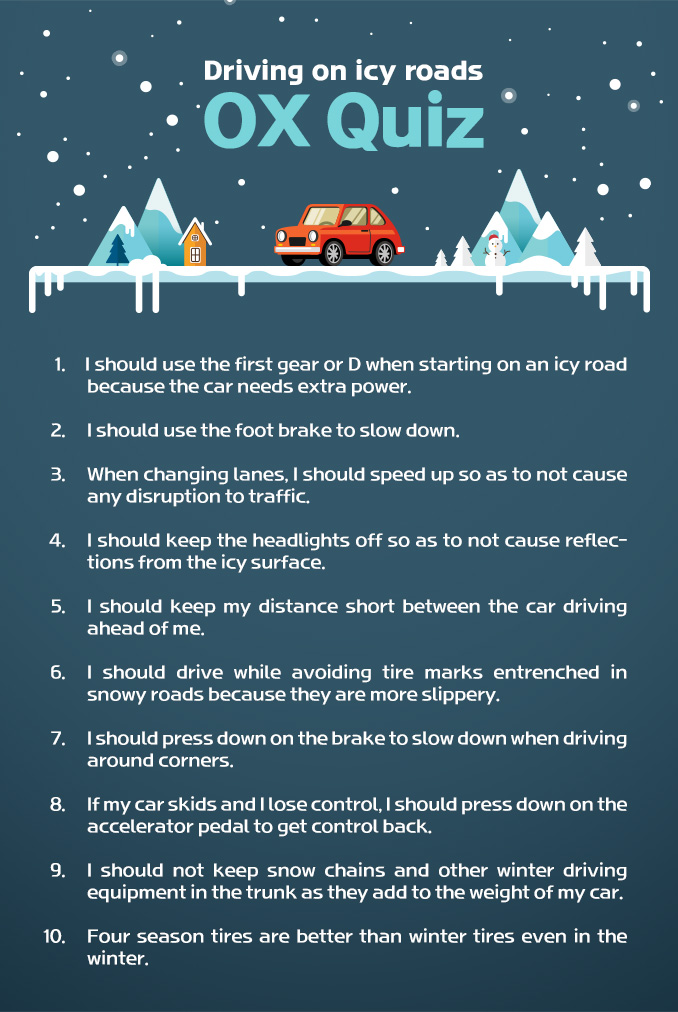
The answers to the questions are all X.
You are truly a good driver if you scored correct answers for all of them.
If you gave some incorrect answers, check out the tips below to ensure your safety while driving on icy roads.
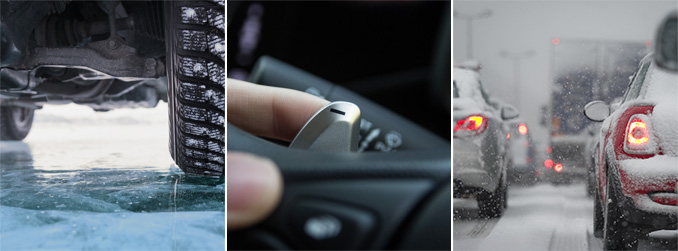
1. Use the second gear (for manual transmission) or a low gear (for automatic) when the road surface is slippery.
Starting with the first gear or D may cause great force to be suddenly applied to the wheels, resulting in tire spinning. On an icy surface, to maximize the friction of the tires start gently with a low gear.
2. Use the engine brake to slow down on icy surfaces.
Shift into low gears when you need to slow down. If the tires spin, engage the engine brake to safely bring your car to a stop.
3. Never make sudden movements on icy surfaces.
On icy surfaces where braking and steering efficiency deteriorate, sudden braking or acceleration, or an abrupt change of direction can be highly dangerous. When changing lanes, turn on your lane change indicators earlier than you usually do. When you need to stop, apply the brake intermittently to indicate your intention to the car coming behind you.
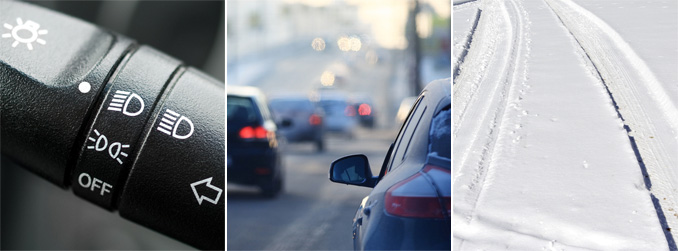
4. Keep the headlights on when driving on snowy surfaces
This is a good way of letting other cars drive around you promptly and accurately know where you are. Turn on the headlights when snow begins to fall because it gets darker than usual, and your visibility will be limited.
5. Keep a safe distance with the car driving ahead of you.
On slippery surfaces, situations can be unpredictable, and you need longer braking distance. Therefore, ensure that the safe distance is two to three times greater than usual.
6. On a snow-covered road, follow the tire marks entrenched on the surface to be safe.
Driving on untouched snow may result in filling of the tread, eliminating the tires' grip. There may also be invisible danger under the snow such as a pothole or black ice.
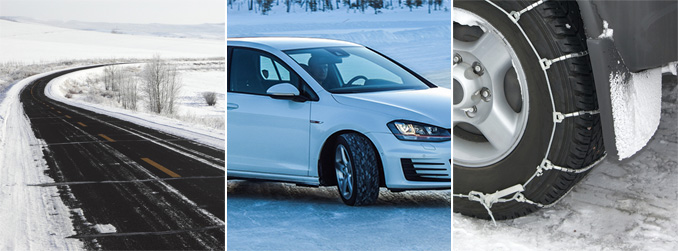
7. Slow down before getting to a corner and maintain a low speed when going around it.
It can be very dangerous to press down on the brake when you change your direction on icy surfaces. It will increase the chance of skidding. So slow down and maintain a low speed until the turn is complete.
8. If your car skids and you lose control, remove your feet from all pedals and turn the steering wheel into the direction the car's rear is skidding to stop it.
This can rattle even the most skilled driver. Remove your feet from the accelerator and the brake and be sure not to swerve.
9. Make sure that snow chains are always available during winter time.
You may encounter heavy snowfall at any time and in any place. Stay safe in winter by carrying emergency equipment including snow chains, booster cables and warning triangles in your trunk.
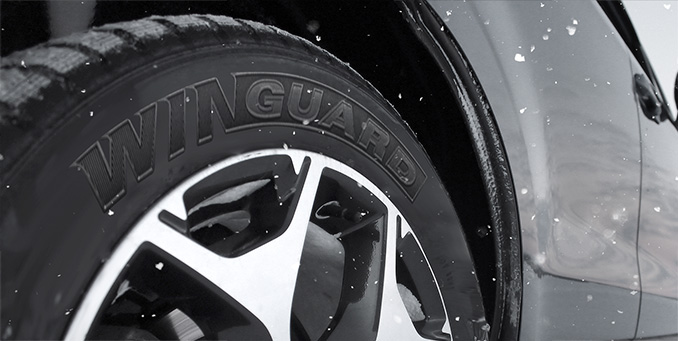
10. Winter tires perform better in the winter.
Winter tires are made of rubber that does not easily become hard even in cold weather to avoid loss of grip. They also incorporate technology that can improve braking, drainage and traction on irregular surfaces in the winter. Better to use winter tires than taking a risk.
Driving on icy surfaces might make you break out into a cold sweat! Remember the tips given by NEXEN TIRE above on how to drive safely on icy roads and stay safe throughout the season. Your driving can be much safer if you choose to fit NEXEN TIRE's winter tires featuring ideal braking and driving performance to your car.